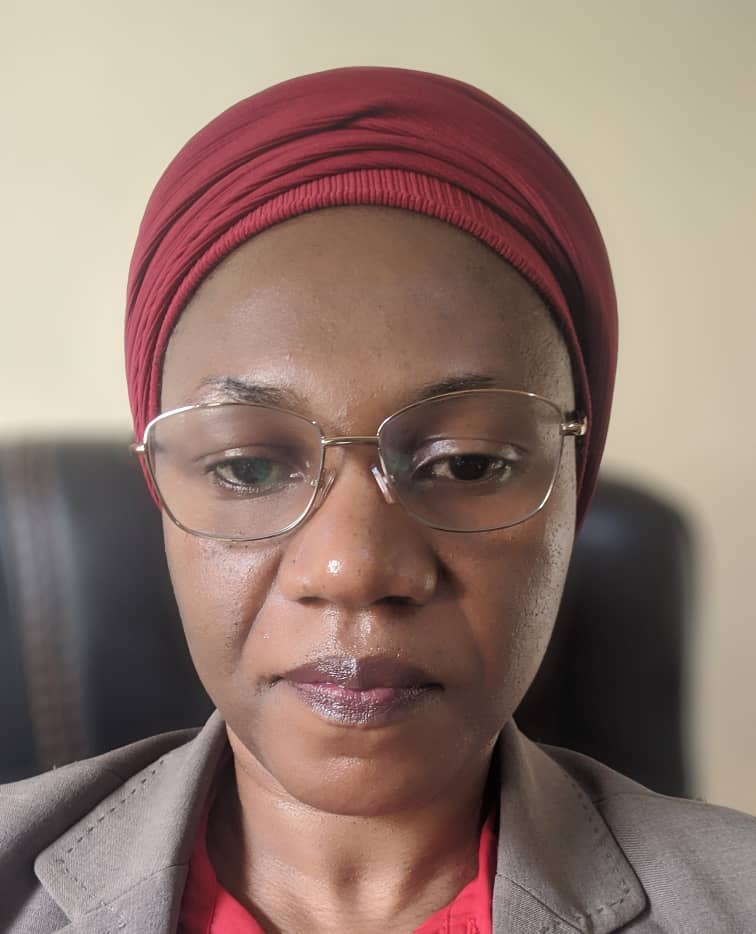In October 2018, Dorice L. Lutatenekwa (PAS/D/2018/0002) enrolled for a PhD program in the Department of Animal, Aquaculture, and Range Sciences (DAARS) within the College of Agriculture (CoA) at Sokoine University of Agriculture (SUA). She is employed as an Assistant Lecturer in DAARS at SUA.
Thesis Title: “Characterization of Cenchrus Ciliaris (African Foxtail) Ecotypes from Selected Areas of Tanzania”
Supervisors: Prof Ephraim Joseph Mtengeti and Dr George Mutani Msalya
Date and Time: Tuesday, 5th September, 2023, 10.00 AM (EAT)
Venue: The More Milk meeting room at the Department of Animal, Aquaculture and Range Sciences (DAARS)
Mode: Face to Face and Online
Join Zoom Meeting: Click HERE
Meeting ID: 896 3546 4117
Passcode: 657798
Panelists:
1. Prof. C. Mahonge Chairperson
2. Prof. S. Nchimbi-Msolla Appointee of Principal, CoA
3. Prof. I. Selemani Internal Examiner (not supervisor)
4. Dr. Beda J. Mwang’onde Internal Examiner (not supervisor)
5. Dr. D. Maleko Appointee of HoD, (Recorder)
Summary of major findings:
Characterization of African Foxtail ecotypes in their natural environments indicated a significant morphological variation. There was a variation in climate, topographic, and soil characteristics of the habitats of studied sites. The assessment of the growth and productivity of ecotypes when planted in the common environmental condition indicated significant variation. The highest PH, LA, IL, and forage yield were recorded on ecotype Op, followed by Im, Nz, Ot then ecotype On. Conversely, ecotype On (the shortest ecotype) recorded the highest TNT, while ecotype Op (the tallest) recorded the lowest TNT.
Correlations were significant for all pairs of traits assessed, and TNT was inversely related to the other assessed characters. The assessment of ecotypes’ response to defoliation indicated that forage quality decrease with increasing harvesting intervals. The PH and LA increased with increasing harvesting intervals while forage yield was optimum at 28 days. The highest PH, LA, and yield were given by ecotype Op, while the highest TNT and IVDMD were shown by ecotype On.
The ADF and NDF increased with harvesting days, with no significant difference among ecotypes. It is concluded that the characterization of forage species in the country is inevitable if sustainability in the livestock production sector is to be achieved. Based on the data, it became evident that the ecotypes of African foxtail under study are morphologically different.
The variation observed in natural environments is permanent, as it was ascertained by planting the ecotypes in common environmental conditions. Assessed ecotypes vary in several characteristics, including PH, LA, TNT, yield, and nutritional characteristics. Furthermore, harvesting interval affects the selected ecotypes’ forage growth, yield, and nutritional value.
Publications:
Lutatenekwa, D. L., Mtengeti, E. J., and Msalya, G. M. (2020). A review of plant characterization: First step towards sustainable forage production in challenging environments. African Journal of Plant Science, 14(9), 350-357.
Lutatenekwa, D. L., Mtengeti, E. J., and Msalya, G. M. (2021). Morphological characterization of selected ecotypes of African foxtail grass (Cenchrus ciliaris) from selected areas of Tanzania. Tanzania Journal of Agricultural Sciences, 20(2), 268-277.
Lutatenekwa, D. L., Mtengeti, E. J., and Msalya, G. M. Forage growth, yield and nutritional characteristics of five African foxtail ecotypes grown at Magadu dairy farm in Morogoro, Tanzania. Plants and Environment https://doi.org/10.22271/2582-3744.2021.dec.107
and more to come…………
Department of Animal, Aquaculture, and Range Sciences
The College of Agriculture, Sokoine University of Agriculture
Share this page

